Early December 2022.
This is just a relatively brief post – a bridging post if you like – to cover a mostly off road connection we made between two several-day long bikepacking routes: the Ruta de los Reales (Mendoza Province) and the Norte Neuquiño (Neuquén Province), Argentina.
It was just a day and a half’s ride between Bardas Blancas, where our last post finished, and the small town of Barrancas where we took our second rest day of this journey, but it took us through a challenging landscape, and we spent a night at a small puesto, one of the many very remote and rudimentary farms that are scattered over this region. From Barrancas we’d join the Norte Neuquiño bikepacking route for the next five days through to Andacollo.
Bardas Blancas is a small village on the Ruta 40, with one roadhouse to cater for the weary traveller and a handful of houses. Like most settlements in this region, it exists only because of water – probably from a spring – and history of people living here probably dates back to well before European exploration.
In keeping with our regime to beat the severe heat we were up at 5am and riding down the virtually deserted highway by 6.30am. Most welcome was a fresh tailwind that propelled us through the first 30km. Between far flung hamlets, the Ruta 40 feels very isolated – there’s little trace of human activity either side of the road and the landscape consists of cliff bands, sandy hills and scrubby plants.
When route planning back in NZ we’d spotted a ‘shortcut’ that we had intended to take to cut off a big ‘V’ of southbound and then northbound riding to join the Norte Neuquiño route. It was 70km on mountainous double track that would pop us out in the upper Rio Barrancas, but after our experiences with the high river flows on the Ruta de los Reales, we decided that it was too much risk, this early in the summer season, to arrive at the unbridged Rio Barrancas and find that we could not cross it after all that remote distance.
So Plan B became to follow another, not quite as remote, dirt road that we had spotted, the RP221, which would pop us back out on the Ruta 40 after 80km, just 40km from Barrancas. At this point we were feeling quite fatigued, having just had one day off since we’d left Mendoza. Rachel, with a few months of European touring in her legs, was cruising along, but Hana and I were starting to go pretty deep and were looking forward to a break in Barrancas, especially with us both having been sick since we’d left the city.
Even with the basic resupply at Bardas Blancas, quality nutrition is hard to find in the few villages we pass through. Whole foods are just about non-existent. Bread is often stale and much of our daily snack calories come from biscuits. If we can get nuts or raisins we always stock up. Eggs are a good protein staple, because they’re common and we can boil them up the night before to carry for snacks and lunch. I think we ate four each this day!
The farming community of El Alambrado lay just a short distance off the RP221, given away by the poplar trees which always signal a settlement of some sort, but the 5km return detour didn’t seem worth it for the chance of a cold gaseosa (soft drink), so we pushed on in the mid 30s temps.
The last water we’d see for the next 40+km of hilly 4WD track riding was at this small lake. There were a few flamingos here – the first we’d seen on this trip to South America. The water tasted indisputably like duck pond water, but with electrolytes mixed in, it still soothed our dry throats and thirst. By now the wind was close to gale force and was hitting us from the side as we slowly gained height on the 900m climb to the pass. The stronger gusts lashed our legs with grains of sand.
This sandy pass is a good indicator of the frequent strong westerly winds that blow across here from the higher Andes. Fortunately the wind was mostly behind us as we climbed this section of the pass, but the sandy, stony road was quite slow going.
Steeper gradients near the top took a concentrated effort to ride and push, with the wind blowing us off balance. But despite the hard travel it was a good opportunity to experience the unique environment of this desert-like section of the Andean foothills.
Going over the top, the wind hurled us along the flatter tracks, sometimes nearly blowing us off the bikes.
Finally we crossed the pass. Battling the wind and sandy roads no more, we could coast swiftly downhill and absorb a whole new landscape. In the distance Volcan Payun Liso (3833m) dominated the view, as it would for the next couple of days.
Even several hundred metres below the pass it was still super windy, and with few options visible on the map for ground water, the logical places to seek shelter and water were at a couple of puestos we’d seen on the satellite map – given away by a splash of green in an otherwise barren landscape. The first wasn’t inhabited, but the second we reached had a vehicle and in the distance we could see a couple of people on horseback, so we stopped there to ask if we could camp in the shelter of the trees.
The farm was run by a father and son. Without hesitation they said we could camp, and invited us inside their simple mud brick home for tea and bread. I didn’t take any photos because it would have been intrusive, but the home felt much like walking into a time capsule from the 1970s. There was little inside that you’d describe as modern; fading, curled and dusty posters of horses covered the unlined walls, as well as some ancient family photos. There were no electronics, no homewares, just the minimum for cooking and living.
The bread we were offered was made by the men themselves. They farmed their animals, principally goats (chivos) seven days a week, from dawn to after dusk. During winter there is a significant snowpack, but they remain on site, only moving to a temporary high camp later in the summer for fresh grazing for the goat head, which numbered in the hundreds. Most of their work and travel was done on horseback, but they had an ageing Ford truck for heavy use and town trips.
Their home on the left, and a small shed we were offered for cooking space out of the wind.
Along with the goats, and a few horses there was a menagerie of fowl; chickens, ducks and geese, along with a couple of cats (for rodent control) and several underfed and argumentative (among themselves) dogs.
Spring water was directed through a series of irrigation ditches around the puesto to provide drinking and washing water as well as moisture for the trees.
A pair of puma paws. Asking if pumas were ever seen around here, we were told that they tend to come in search of easy prey during the coldest months and are shot, otherwise they will eat the goats. Another farmer we’d met on the Ruta 40 Vieja had told us a puma had come during the night once and killed over a dozen goats, without even eating them. Despite having sometimes seen footprints we’re yet to see one.
Feeding the birds, part of their morning routine.
In the morning the wind still blew, but it was calmer, and thankful for the experience we had at the puesto we headed onwards to rejoin the Ruta 40 after just 16km more on dirt. Apart from two touring motorbikes we hadn’t seen a single vehicle on this section of road.
Once on the Ruta 40 it was a fast 40km to town, with the wind mostly behind us, a huge lenticular cloud overhead and yet another volcano on the horizon.
The road dipped into the canyon of the Rio Barrancas, which we’ll be following close to its headwaters in coming days. This photo is one for the bridge aficionados out there.
We climbed back out of the canyon to town, but Barrancas was not quite the oasis we’d been expecting.
Despite Barrancas’ rugged appearance, it was an interesting place to stop for a rest day. There was an hospedaje with a very basic attached restaurant that had passable wifi, an heladeria (ice cream shop) and enough small grocery stores for us to resupply for a four day stretch of remote riding.
Aside from the limited restaurant at the hospedaje, there was only one other place to eat in town, and that had only opened a few days before we arrived. Food was served in generous quantities in the best Argentinian tradition and was just the ticket for hungry cyclists.
A conical hill just behind town gave a great view of town and the surrounding landscape.
Of course with a figure of Christ atop it.
Aside from eating a lot, resupplying and writing up a blog post, the only thing of note that happened while we were in town was Argentina winning the semi-final Copa Mundial match against Croatia. Argentines are said to be the most passionate football fans in the world; and even in this small town, people came out onto the streets to celebrate the win. Cars drove around the square honking horns, including the firetruck and police. People revved motorcycle engines, flew flags and adorned themselves with football jerseys.
Coming next: the Norte Neuquiño bikepacking route around Volcan Domuyo. Oh and I forgot to mention; having crossed into Neuquen province now, we’re officially in Patagonia!
Say thanks with a one-off donation, or check out our Bikepacking guide.
If you enjoy our content and find it informative or inspirational, you’re welcome to show us some love with a donation or a book purchase (US$19.99). The services we use to create our Bikepacking routes and host the website cost money, funds that we’d rather be spending on the road, creating bikepacking routes and content to share with you. Thanks for reading!


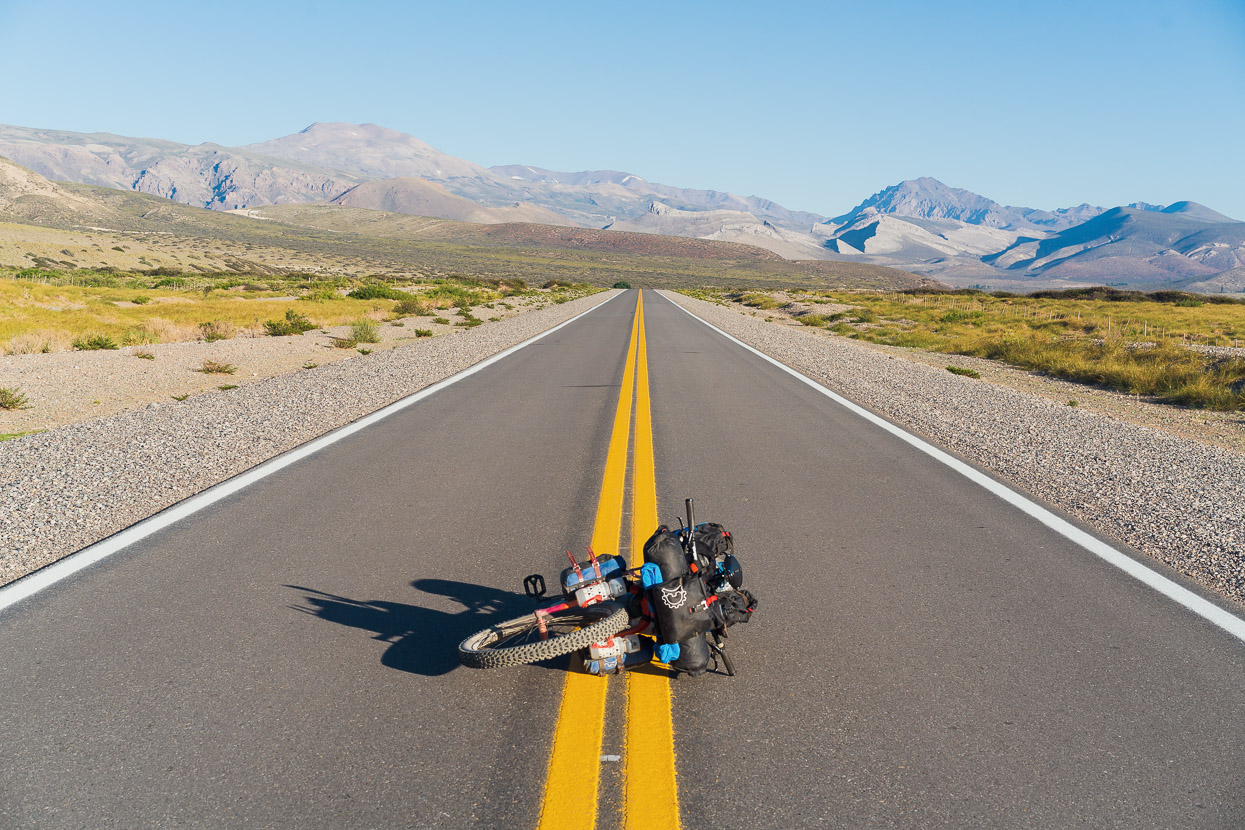



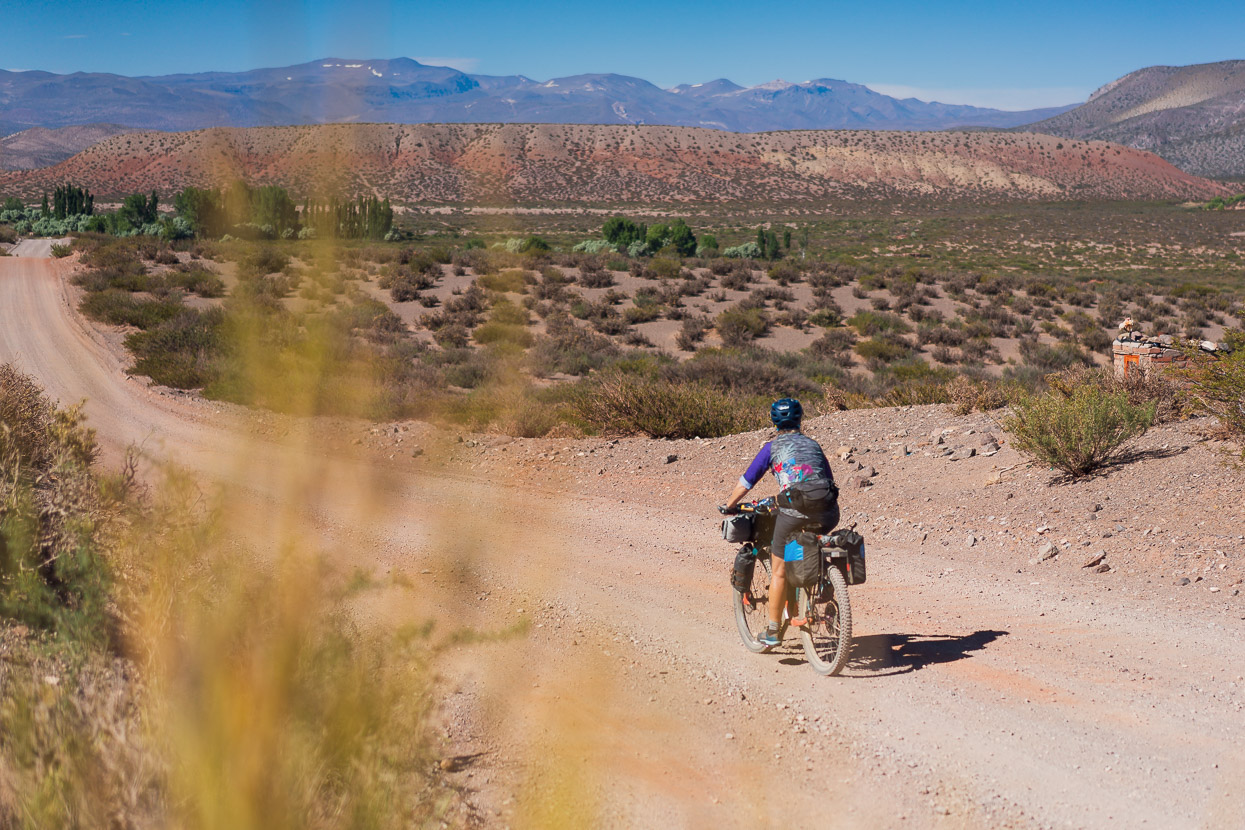







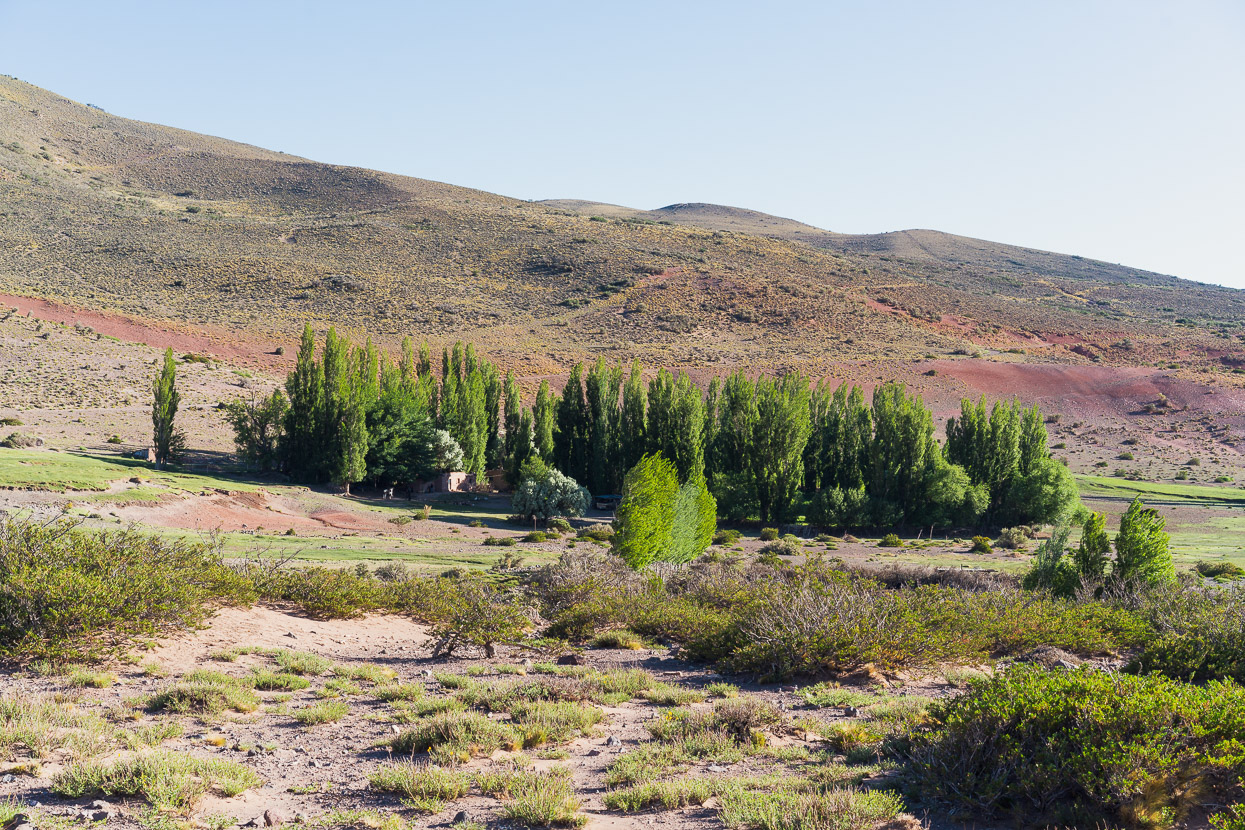













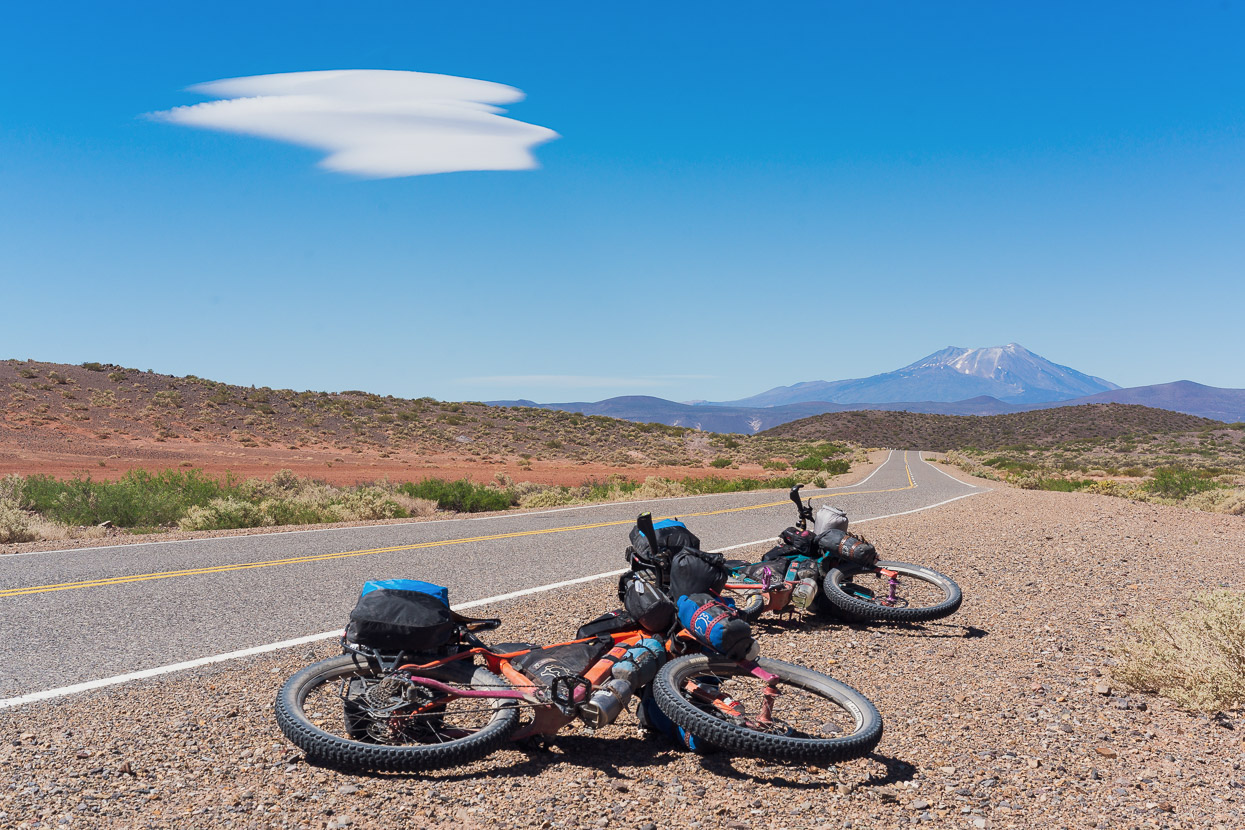



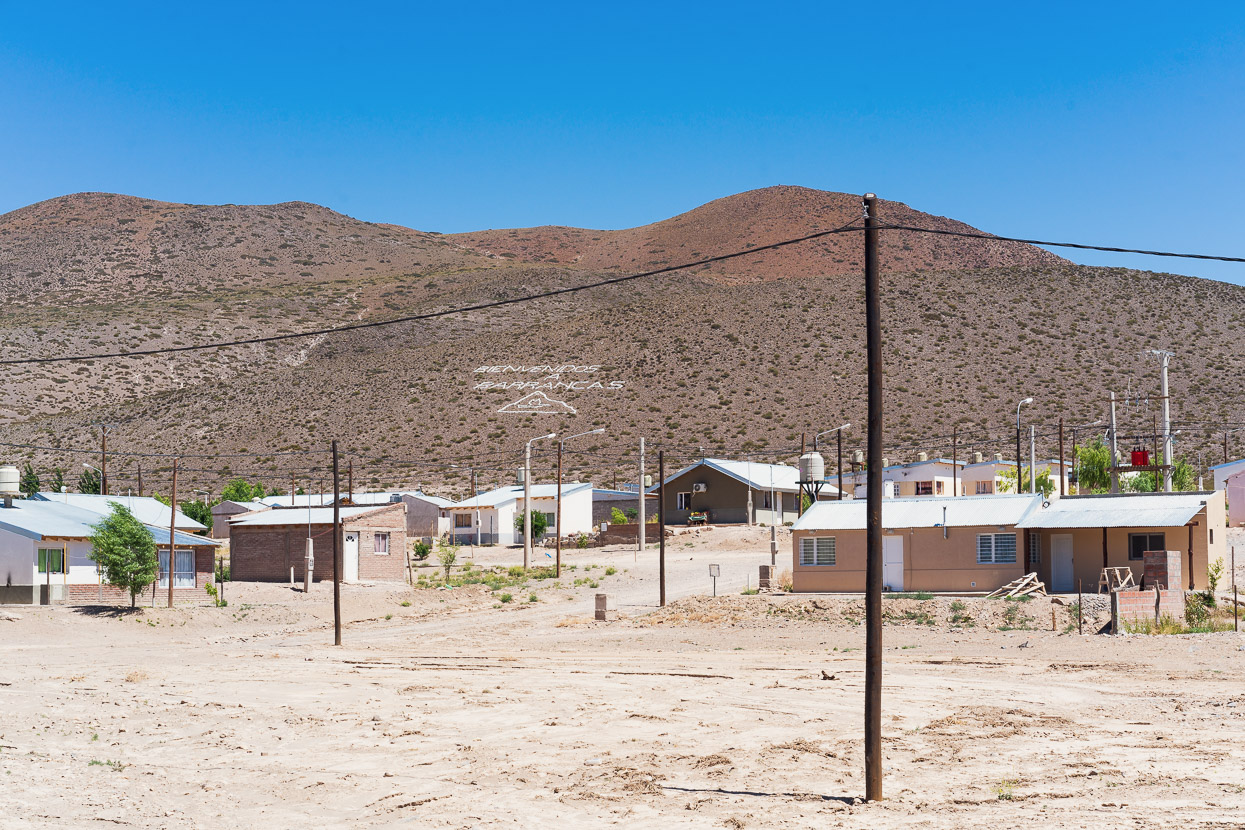




















Join the discussion One Comment